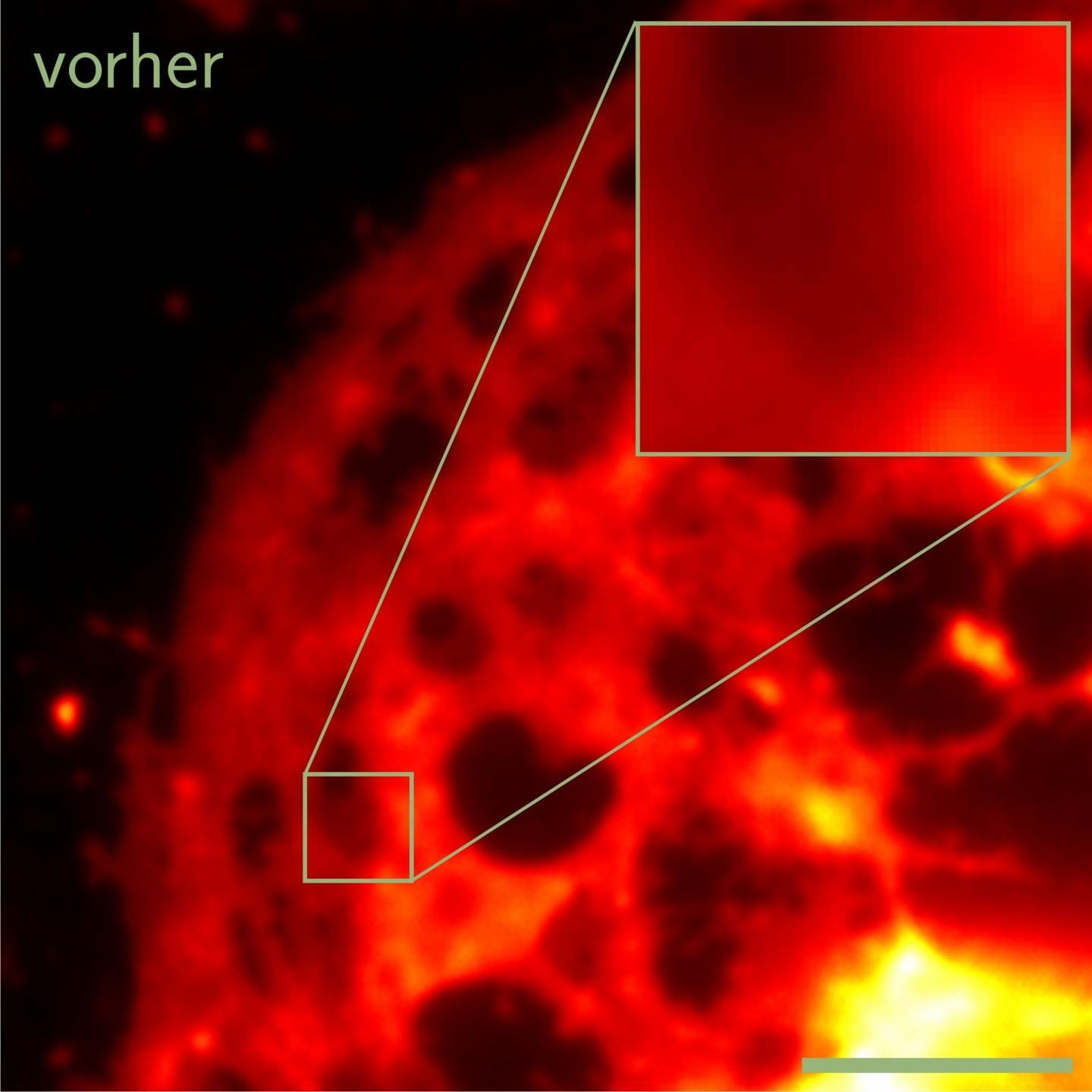
The research group of Professor Hideo Ohno and Associate Professor Shunsuke Fukami of Tohoku University has developed a new-structure magnetic memory device utilizing spin-orbit- torque-induced magnetization switching.
For these two decades, much effort has been devoted to the development of magnetic random access memories (MRAMs), which store information as the magnetization direction of a magnet. Since the magnetization can, be in general, be reversed at high speed unlimitedly, the MRAMs are regarded as a promising replacement for currently-used semiconductor-based working memories such as static random access memories (SRAMs) and dynamic random access memories (DRAMs), which are now facing several serious issues.
The central issue of the MRAM development is how to achieve magnetization reversal efficiently.
Recently, spin-orbit-torque (SOT)-induced magnetization switching – where torques brought about by an in-plane current through the spin-orbit interactions are utilized – was demonstrated and intensively studied. In principle, the SOT-induced switching allows for an ultrafast magnetization reversal in a nanosecond timescale.
The research group of Tohoku University showed a new scheme of SOT-induced magnetization switching. Whereas there had been two kinds of switching schemes where the magnetization is directed orthogonally to the applied write current, the present structure has the magnetization directing collinear with the current. The group fabricated three-terminal devices with the new structure, where a Ta/CoFeB/MgO-based magnetic tunnel junction is used, and successfully demonstrated the switching operation.
The required current density to induce the magnetization switching was reasonably small and the resistance difference between “0” and “1” states was reasonably large, indicating that the new structure is a promising candidate for the MRAM applications.
In addition, the group showed that the new structure has the potential to serve as a useful tool to go deeply into the physics of SOT-induced switching, in which a number of unrevealed issues remain.
The magnetic memory device can store the information without power supply, allowing a drastic reduction of the power consumption of integrated circuits. In particular, this benefit becomes significant for applications that have relatively long standby times, such as sensor nodes which are likely to perform important roles in future IoT (Internet of Things) societies.
In this regard, the present work is expected to pave the way toward the realization of ultralow-power and high-performance integrated circuits and IoT societies.
Learn more: A new-structure magnetic memory device developed
The Latest on: Magnetic memory device
[google_news title=”” keyword=”magnetic memory device” num_posts=”10″ blurb_length=”0″ show_thumb=”left”]
via Google News
The Latest on: Magnetic memory device
- Revolutionizing Memory Tech: The Rise of Low-Power Multiferroic Nanodotson April 30, 2024 at 9:12 am
Tokyo Institute of Technology researchers have developed BFCO nanodots for efficient and non-destructive memory technology, promising advancements in low-power magnetic memory devices. Traditional mem ...
- Utilizing Multiferroic Nanodots to Transform Memory Technologyon April 29, 2024 at 9:15 am
Researchers at the Tokyo Institute of Technology used pulsed laser deposition to install multiferroic BFCO onto a conductive Nb: SrTiO 3 (001) substrate, according to a study published in the journal ...
- Revolutionizing memory technology: multiferroic nanodots for low-power magnetic storageon April 26, 2024 at 6:12 am
BFCO 60-nm nanodots, with single domain structures, hold promise for high-density and low-power nonvolatile magnetic memory devices. Traditional memory devices are volatile and the current non ...
- Revolutionizing memory technology: multiferroic nanodots for low-power magnetic storageon April 25, 2024 at 5:00 pm
(Nanowerk News) Traditional memory devices are volatile and the current non-volatile ones rely on either ferromagnetic or ferroelectric materials for data storage. In ferromagnetic devices, data is ...
- Enhancing memory technology: Multiferroic nanodots for low-power magnetic storageon April 25, 2024 at 5:00 pm
However, generating and manipulating magnetic fields is energy-intensive, and in ferroelectric memory devices, reading data destroys the polarized state, requiring the memory cell to be re-writing.
- A Paradigm Shift in RAM Is About to Make Computing Unstoppableon April 24, 2024 at 5:30 am
Every computer needs Random Access Memory (or RAM) for an operating system’s temporary storage, and there’s many ways to achieve this need for memory speed. One of the leading methods is ...
- Propelling atomically layered magnets toward green computerson April 4, 2024 at 5:00 pm
Computer memory and processors built from magnetic materials use less energy than traditional silicon-based devices. And the van der Waals magnets can offer higher energy efficiency and better ...
- Downscaling storage devices: magnetic memory based on the chirality of spiral magnetson March 21, 2024 at 5:00 pm
Concept of the helimagnet-based memory devices. The directions of the atomic magnetic moments, depicted by the colored allows, are arranged into a spiral. Chirality, the right- and left-handed ...
- Magnetic Tunnel Junctions: Harnessing Quantum Tunneling for Spintronic Deviceson March 14, 2024 at 3:50 am
Magnetic tunnel junctions (MTJs) are nanoscale devices that consist of two ferromagnetic layers ... STT-MTJs have become the basis for high-density, low-power, and fast non-volatile memory ...
- Magnetic Bubble Memory Brought To Life On Heathkiton June 9, 2023 at 5:37 pm
[smbaker] is placing his magnetic bubble memory module to ... From there he demonstrates booting the device using the bubble memory and performs several write and read actions using the module ...
via Bing News










